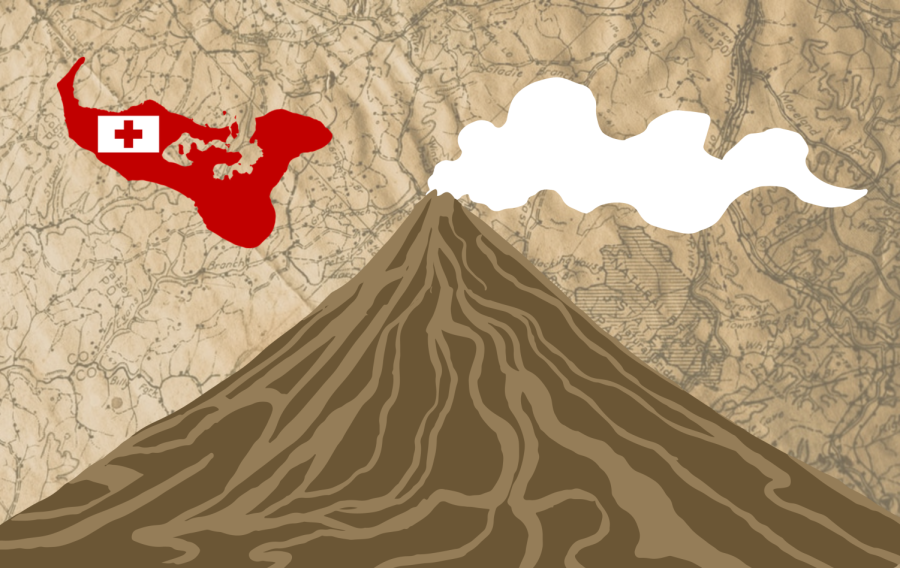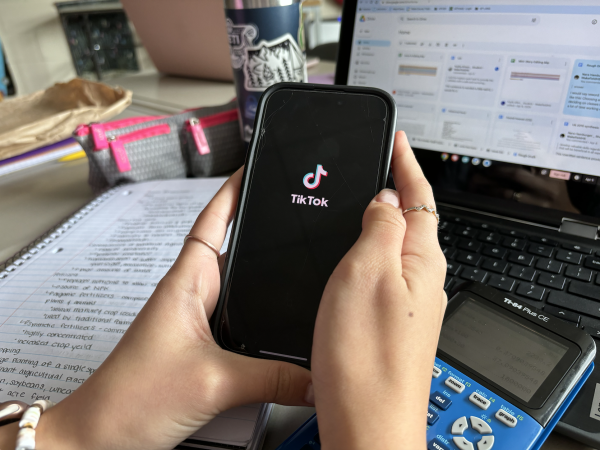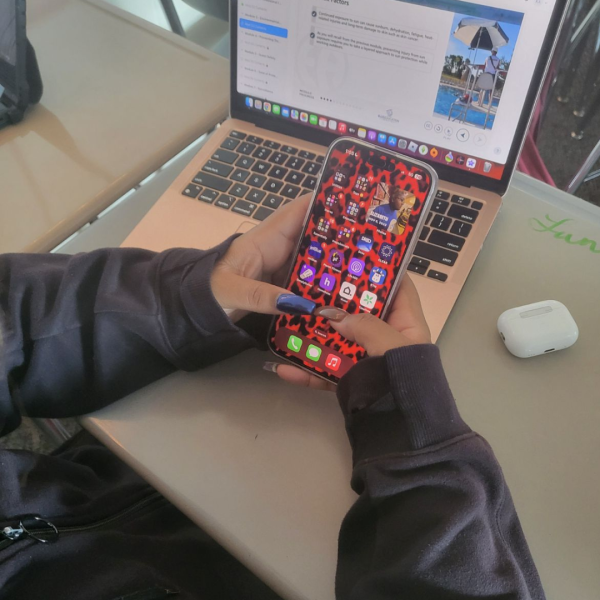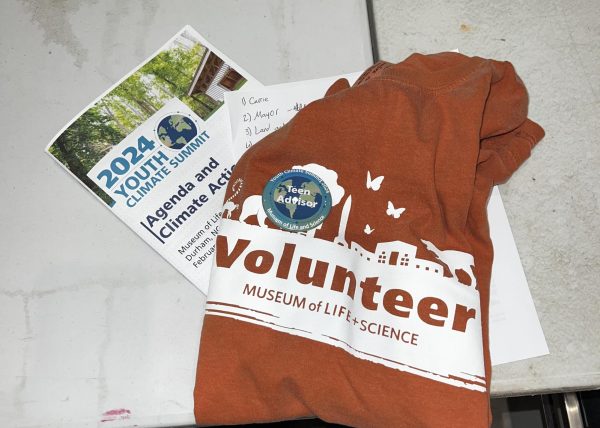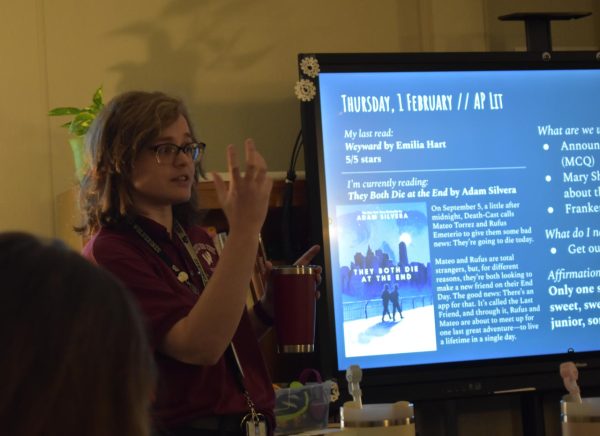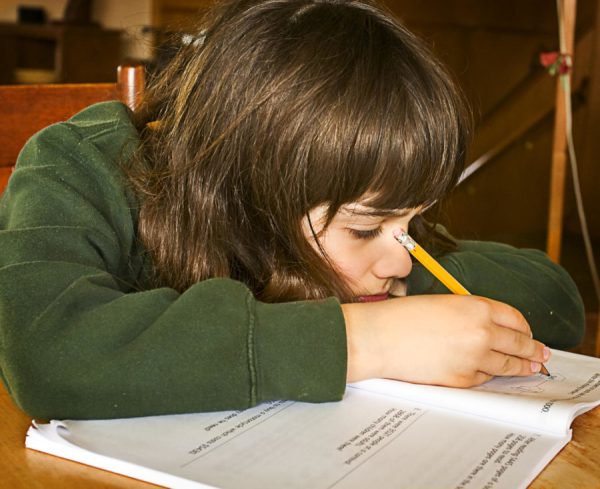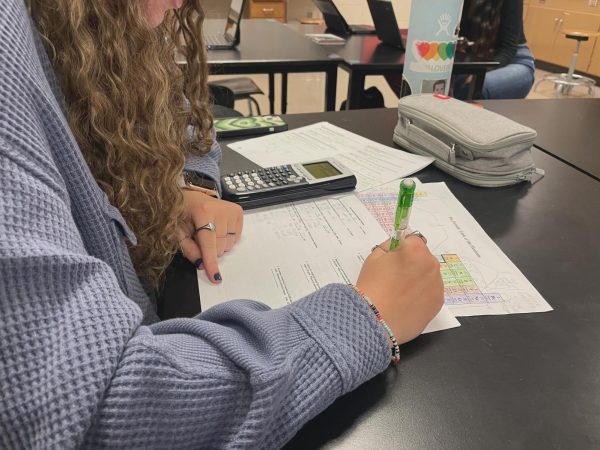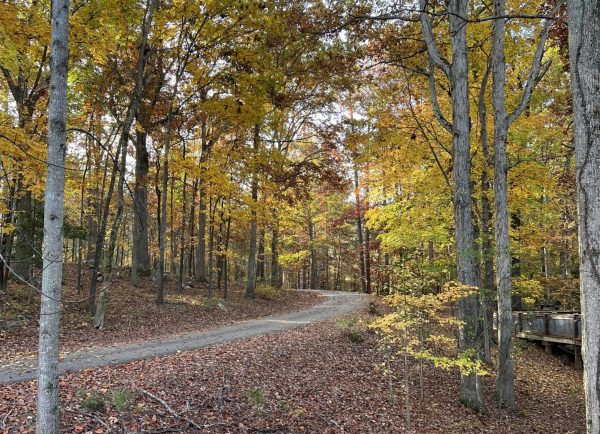Volcanic eruption in the Pacific leaves traces of uncertainty behind
Staff Graphic by Maddie Policastro
The Kingdom of Tonga is facing the aftermath of both a volcanic eruption and a tsunami.
March 21, 2022
On January 15, 2022, undersea volcano Hunga Tonga violently erupted, forcing the people of the Kingdom of Tonga to alter their lives and clean up the mess. Tonga is located in Pacific Oceania near Australia, Fiji and the Cook Islands. It’s also closeby to the Ring of Fire which is an area in the Pacific where a lot of volcanic eruptions take place.
Eric Schacht is an Earth Science teacher who just finished teaching his students about volcanoes.
““[Tonga] is at the convergence of two tectonic plates, the Oceanic plate and the Australian plate,” said Schacht. “The Oceanic plate subducts, and there’s a trench there that forms [so] there’s all this new crust [that’s] going down into the mantle burning and building up magma and pressure. That area between the Pacific and that Indo Australian plate are very active right now…being on the edge of the ring of fire.”
Due to the eruption, hundreds of homes were destroyed which left thousands of people displaced. Communication lines have also been damaged, leaving no one the ability to contact the island.
Ella Romano, President of Science Honor Society, believes that the lack of communication is leaving a huge impact on the islands.
“I can’t even imagine what they are going through. I’m sure all their electricity is gone on the islands,” Romano said. “It’s probably so terrifying and they probably need a lot of support right now.”
However, this volcanic eruption wasn’t like any regular explosion. There was an above-average amount of steam and ash that was thrown onto the surface of the islands. A recent study revealed that around 84% of the population has been affected by the ashfall.
AP Chemistry teacher, Chelsea George, speaks on the severity of the ash that is disrupting the island.
“There’s a lot of carbon and oxygen that comes out of there along with sulfur. Then in the ways that these combine you also end up with an increase in acidic rain after a volcano,” George said. It’s going to smell really bad, and be very noxious which can cause coughing, mess with your eyes, your lungs, your breathing and your respiratory system.”
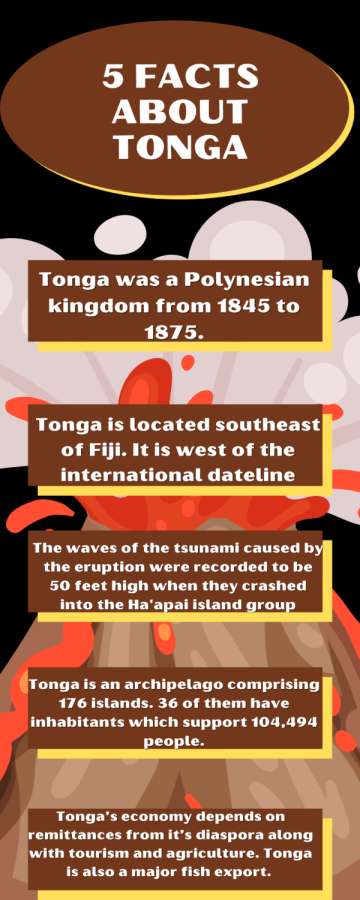
The falling ash doesn’t just affect the surface of the island, it could also damage the ocean life around it. Many areas of the reefs in the closest impact area at Hunga Tonga are buried in large amounts of volcanic ash, and there’s more iron in the water which can boost the growth of blue-green algae that also damages them.
The impacts of the volcano didn’t stop with just an eruption – there was also a tsunami. Tsunamis are a rare event–occurring about twice a year in different parts of the world. The tsunami has managed to wipe out buildings and plant life on the islands.
“A tsunami is when there’s an energy wave that displaces water and then it moves that water,” Schacht said. “From the volcano, there was enough energy that was produced that displaced water and that sort of created a ripple, a wave.”
It’s been said that the pressure of the wave was so strong that England, located 16,500 km (or about 10,253 miles) away from Tonga, could detect the pressure of it.
“They felt the wave in terms of how we measure pressure in the atmosphere, [however,] they didn’t experience the wave that Tonga and local islands felt,” Schacht said.
The volcanic eruption and the tsunami both left a lasting impression on the island. Ecosystems are being destroyed, and people are trying to deal with all the stress that this has caused. It is unknown how long it will take for everything to be restored, but there are organizations that are willing to help start the process.
The U.S. Agency for International Development (USAID) is supplying the humanitarian assistance committee an extra $2.5 million dollars to support the people of Tonga. The World Bank has provided an eight million dollar emergency fund to support their recovery and respond to the island’s most urgent needs. There is also support coming from the International Federation of Red Cross and Red Crescent Societies, ADRA International, Act for Peace, and so many more.
“I hope that the community is building each other up [and] I wish we could do something to stop volcanoes and natural disasters from happening, but sadly there is nothing we can do,” Romano said. “I think that when they do happen it’s important that we have natural disaster funds ready and people to go out there and help them.”



